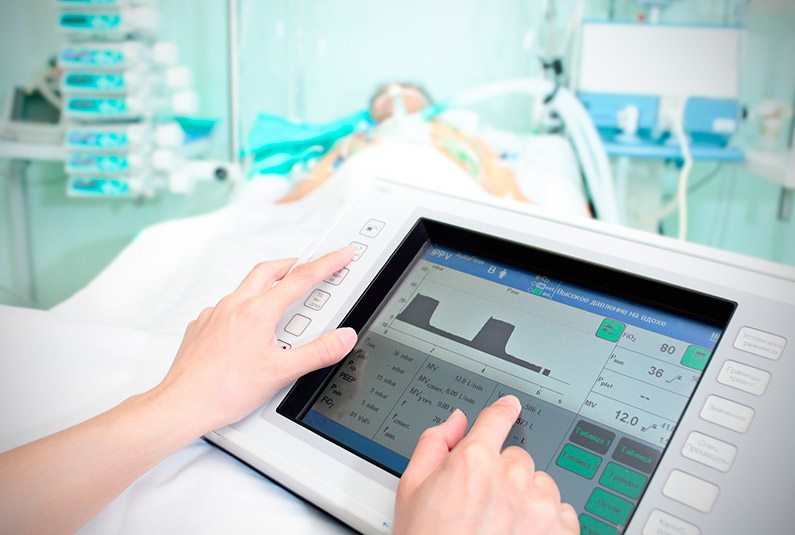Imagine that unexpectedly, you caught a cold. You need a couple of pills, what would you do? But what if your regular doctor is not available and you are wise enough to experiment with self-treatment? You go to the clinic, the other specialist doesn’t know how you regularly manage this condition, he can not see the peak flow meter readings, and relies only on your medical record, so you start long and meticulous examination and analyses. As a result, you’ll waste your time and time of the doctor when it’s clear what you need.
This may change with the implementation personalized medicine and connected health devices, and the future is already there.
The primary goal of implementing telemedicine into the standard care is to keep patients under constant surveillance and monitoring without the need to visit a surgery each time they feel worse. Even high-risk patients may stay at home as long as possible and consult via virtual visits, video-conferences or text messages, with all the data consequently stored in a single system integrated with EHR and wearables.
What’s the use of wearables? According to Rock Health digital health consumer adoption survey, 46% of patients in the USA are using three or more categories of tools for digital health (telemedicine, wearables, etc.), and 25% of the surveyed own at least one wearable. Many of them use them for personal purposes but sharing data with a doctor may have a positive impact on diagnoses and treatment and for preventive measures.
How does it work? For example, if a patient has an asthma attack, their doctor receives readings from wearables with oxygen levels and heart rate, so that they can predict hypoxia or atrial fibrillation. Connected devices can also be used for long-term tracking of health – when patient step on a scale at home and their weight has significantly increased over a short period, a doctor will be notified to schedule a call, give some advice or take emergency action in a brick-and-mortar office.
Overall, the use of wearables helps doctors and pharmacist determine how well treatment or medication are working.
Another step closer to personalized medicine is empowering telemedicine and wearables solutions with AI and predictive analytics. In a word, the algorithm should pick up pattern of patient’s activities, behavior, infections, recovery and build customized solutions for each individual. The results of machine learning and predictive analytics may also help in selecting the individual treatment for such diseases as cancer. While some patients are good with chemotherapy or surgery till the remaining days, others would need a better quality of care.
What are the other ways to contribute to personalized digital medicine? Software development companies are now putting a lot of effort in digital solutions for healthcare – click here to explore some of them. Briefly, we’ll outline these other two trends in the industry:
● decentralization of data storage – shift from healthcare providers to individuals with blockchain technology;
● using cloud computing intelligence to track diagnosis from centralized services to private.
All in all, we’ve got the answer to the title question: connected health technologies do not lead to dehumanization, but add to the personalized approach to each customer. Telemedicine doesn’t eliminate personal visits – it helps those who don’t have an opportunity to leave home. Wearables don’t replace personal examination – they enhance the data about you with information that can not be tracked during visits. Artificial intelligence doesn’t entrust your life to robots – it lets your doctors dig deeper providing insightful analytics on your health.
In the era of blockchain and the internet of things, we should be more flexible to accept devices and robots in our lives. Probably, in twenty years, machines will prescribe medicines instead of doctors, so even if we are not ready for that today, we should give it a try.


